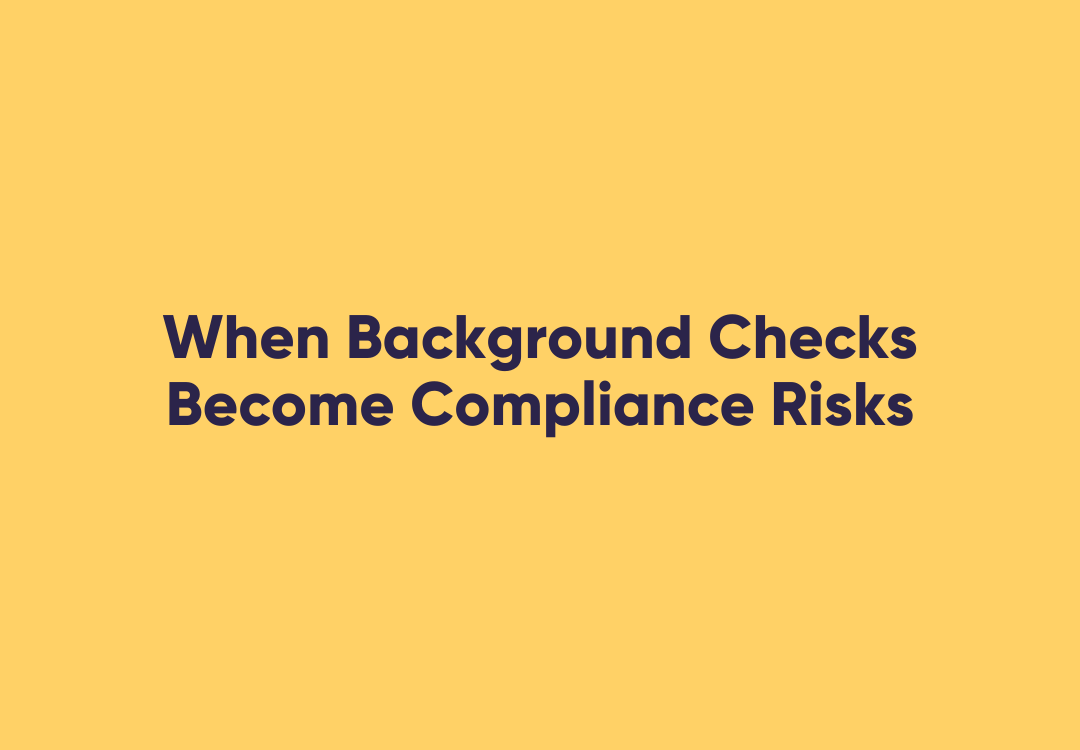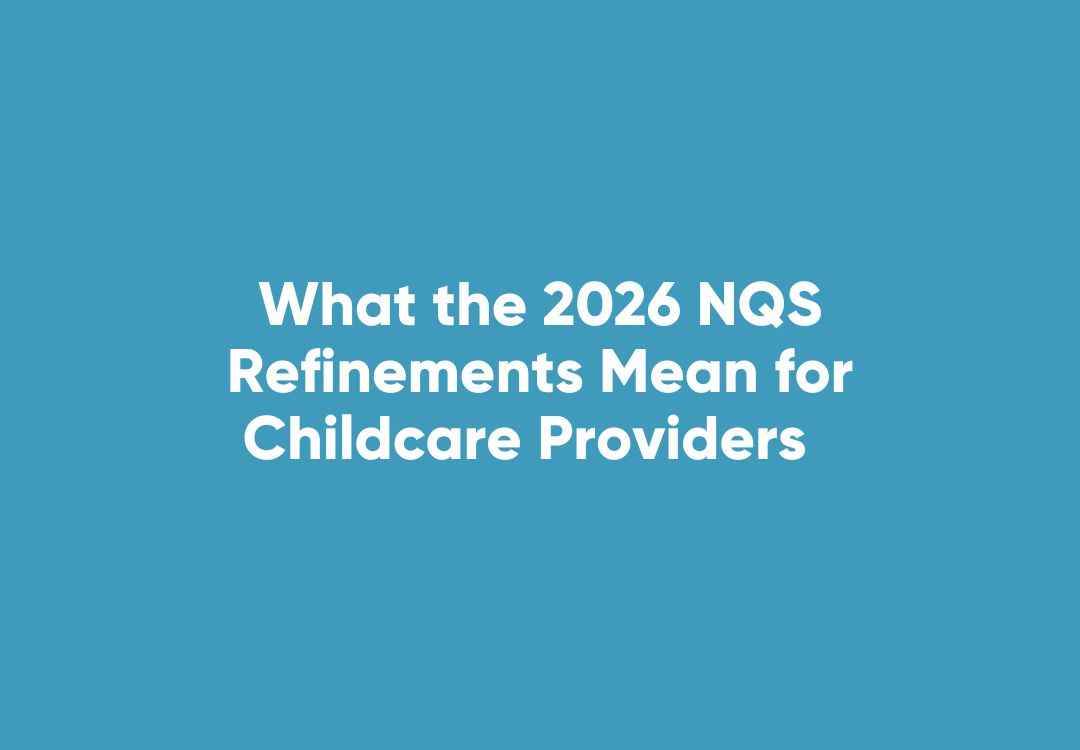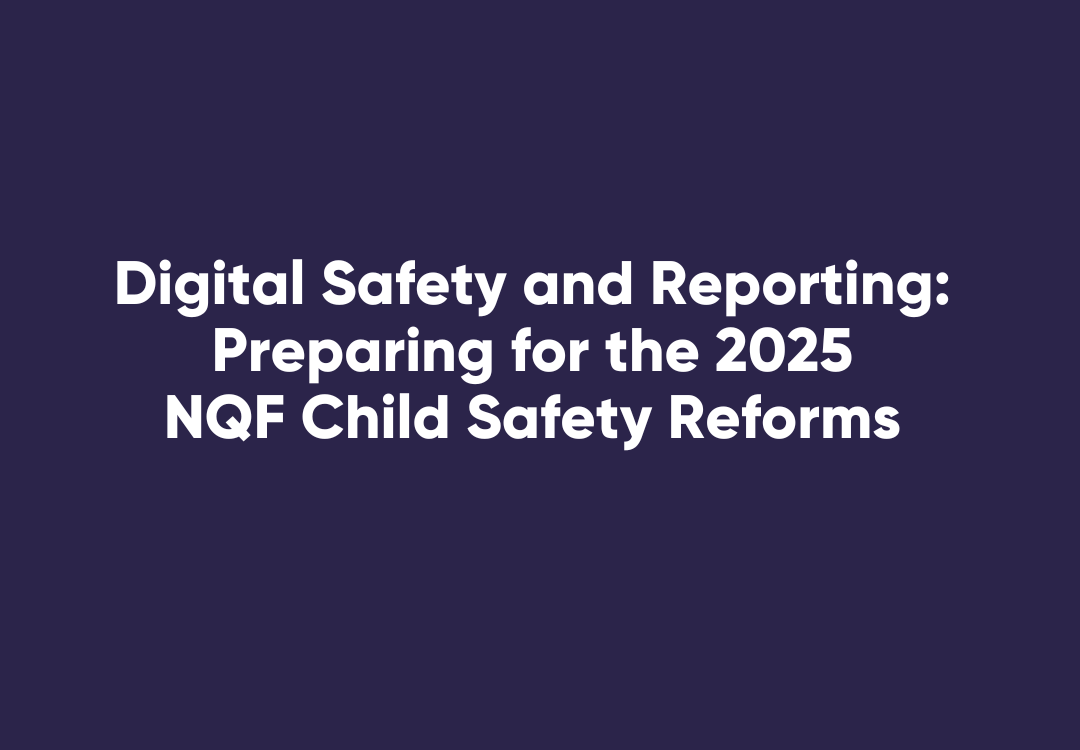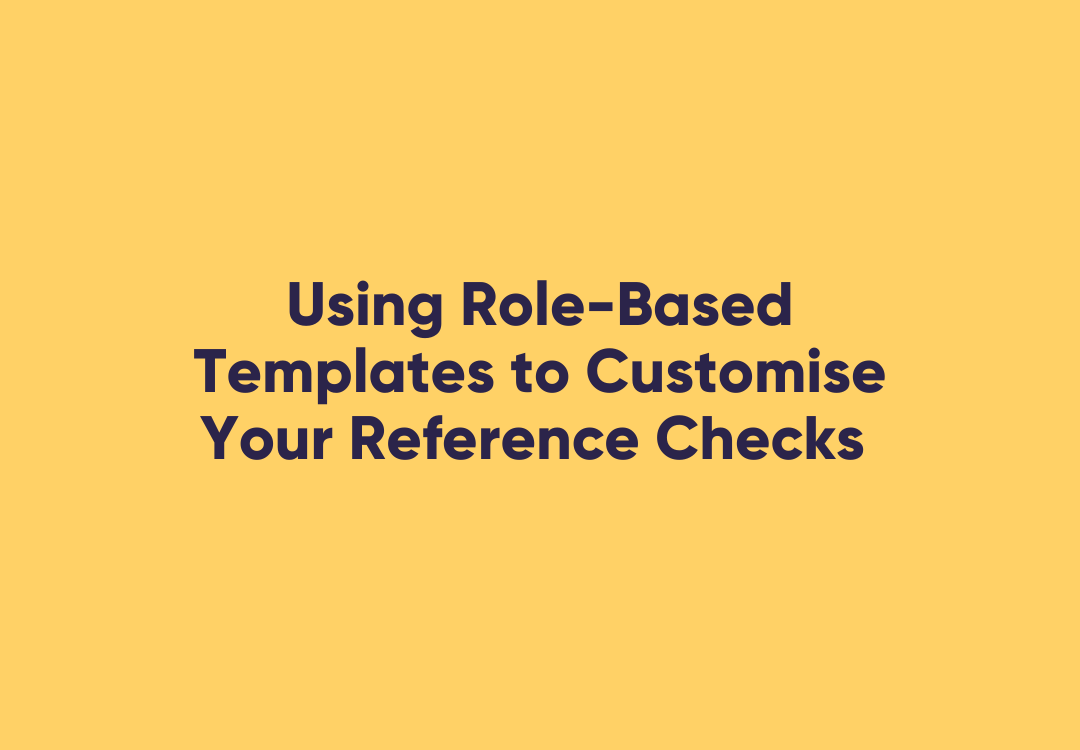Victorian WHS Authorities Shining a Light on Construction
There’s little argument that Australian construction is one of the most significant industries across the nation.
Figures from the Australian Bureau of Statistics indicate that the value of work done in the sector during the December quarter of 2015 totalled over $24 billion, a large percentage of the country’s GDP.
With such a volume of work being carried out and the large amount of potentially hazardous equipment used in the industry, it’s no secret that workplace health and safety (WHS) for contractors is a critical concern.
Over 10 per cent of workplace fatalities so far in 2016 have taken place in the construction sector, but a new campaign from authorities in Victoria is aiming to cut down risks on the building site.
Is your WHS induction strategy relevant for modern building sites?
A month-long construction safety blitz
Throughout July, WorkSafe Victoria inspectors were set to visit hundreds of active construction sites to audit and assess safety measures – particularly with regards to falls.
The authority notes that, since 2005, over 3,400 tradespeople have suffered injuries serious enough to make compensation claims after falling from heights on the job, representing a great cost not just to those workers, but to the building companies that employ them.
“WorkSafe is determined to get the message across to every builder and sub-contractor in the construction sector that they must do everything they can to prevent falls,” said Dermot Moody, WorkSafe construction program manager.
WorkSafe Victoria inspectors were set to visit hundreds of active construction sites in July.
“If inspectors visit a site and find that there is an immediate risk of a fall, work will stop and not be allowed to restart until the site is compliant.”
The increased scrutiny on builders is a timely reminder that construction professionals throughout Australia must assess their working at height WHS measures, however onsite hazards are present at ground level as well.
Increased road safety around construction sites
Working in partnership with VicRoads, WorkSafe Victoria is also looking to educate those in the construction industry on better traffic management, to protect both workers and commuters on and around the site.
Increased traffic on the roads and evolving traffic management technology mean adjustments to WHS strategies may be required for some organisations.
“What was acceptable in 2006 may no longer be suitable for the volumes of traffic now being seen at construction workplaces,” said WorkSafe executive director of health and safety, Marnie Williams.
Before beginning their next project, construction organisations are urged to look closely at their WHS induction program, making any necessary updates to address changing hazards seen in the industry of today.












